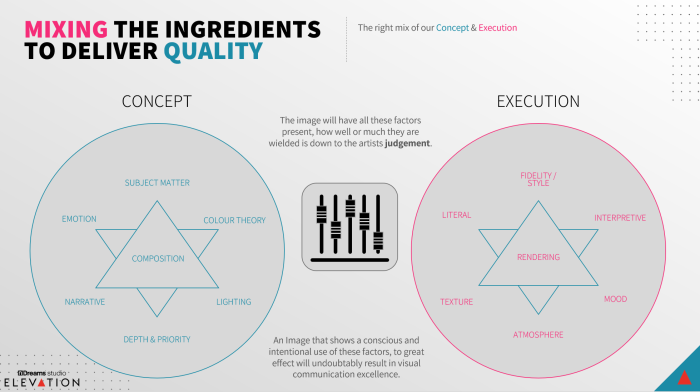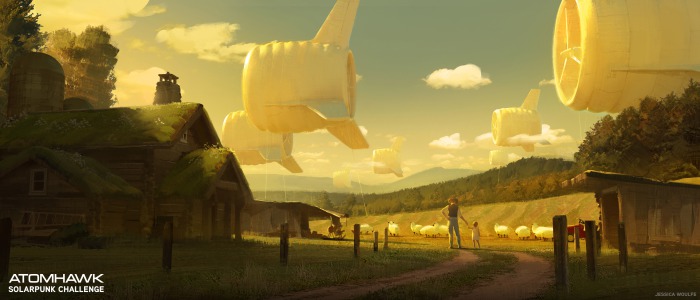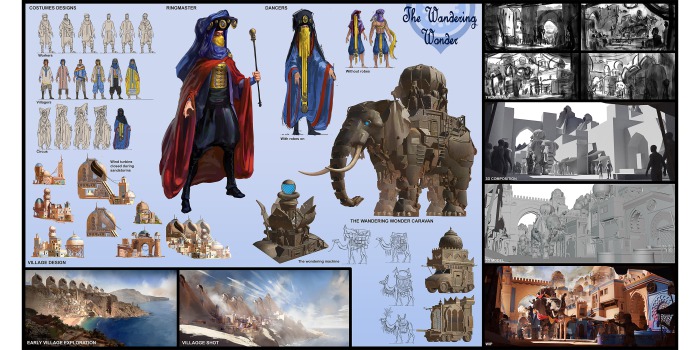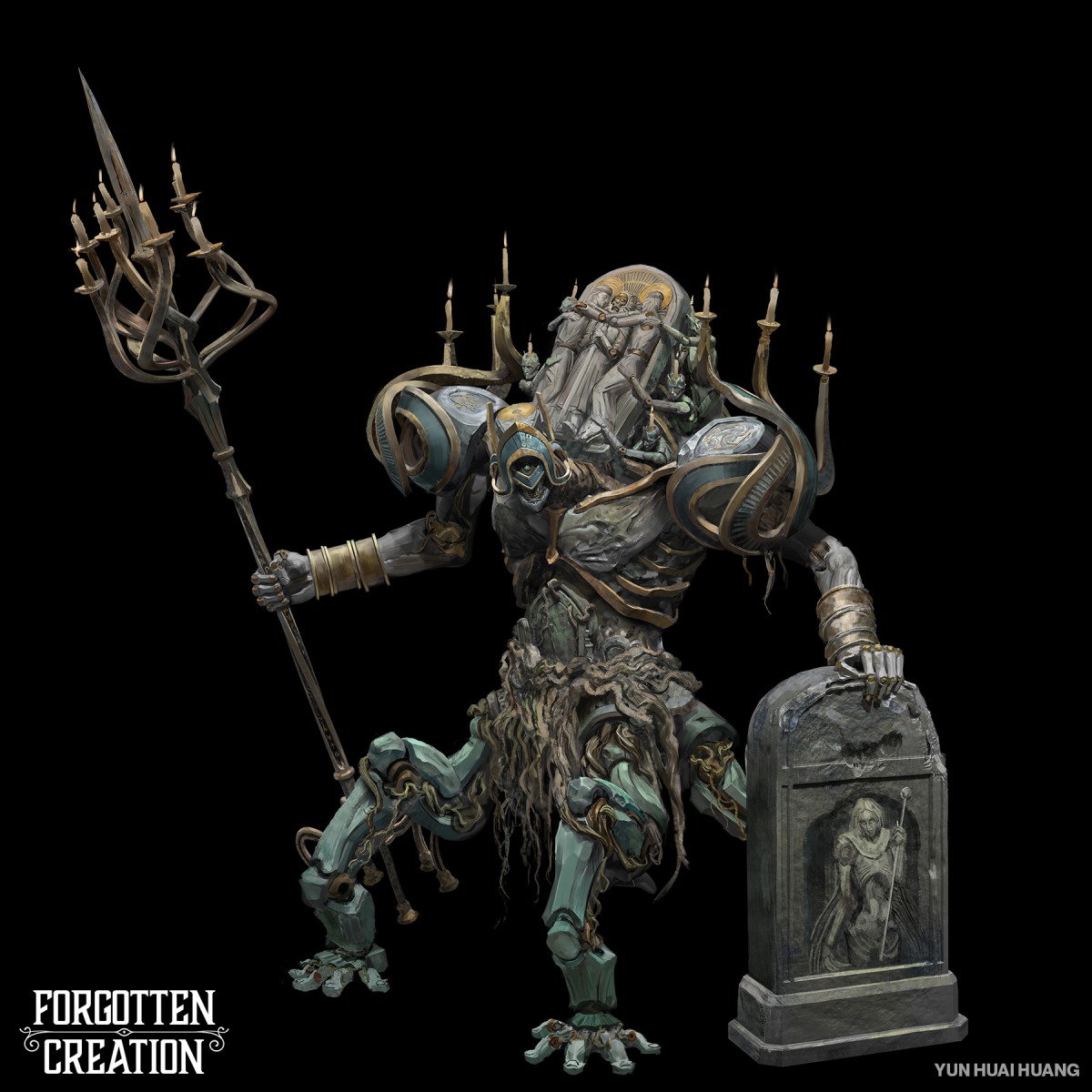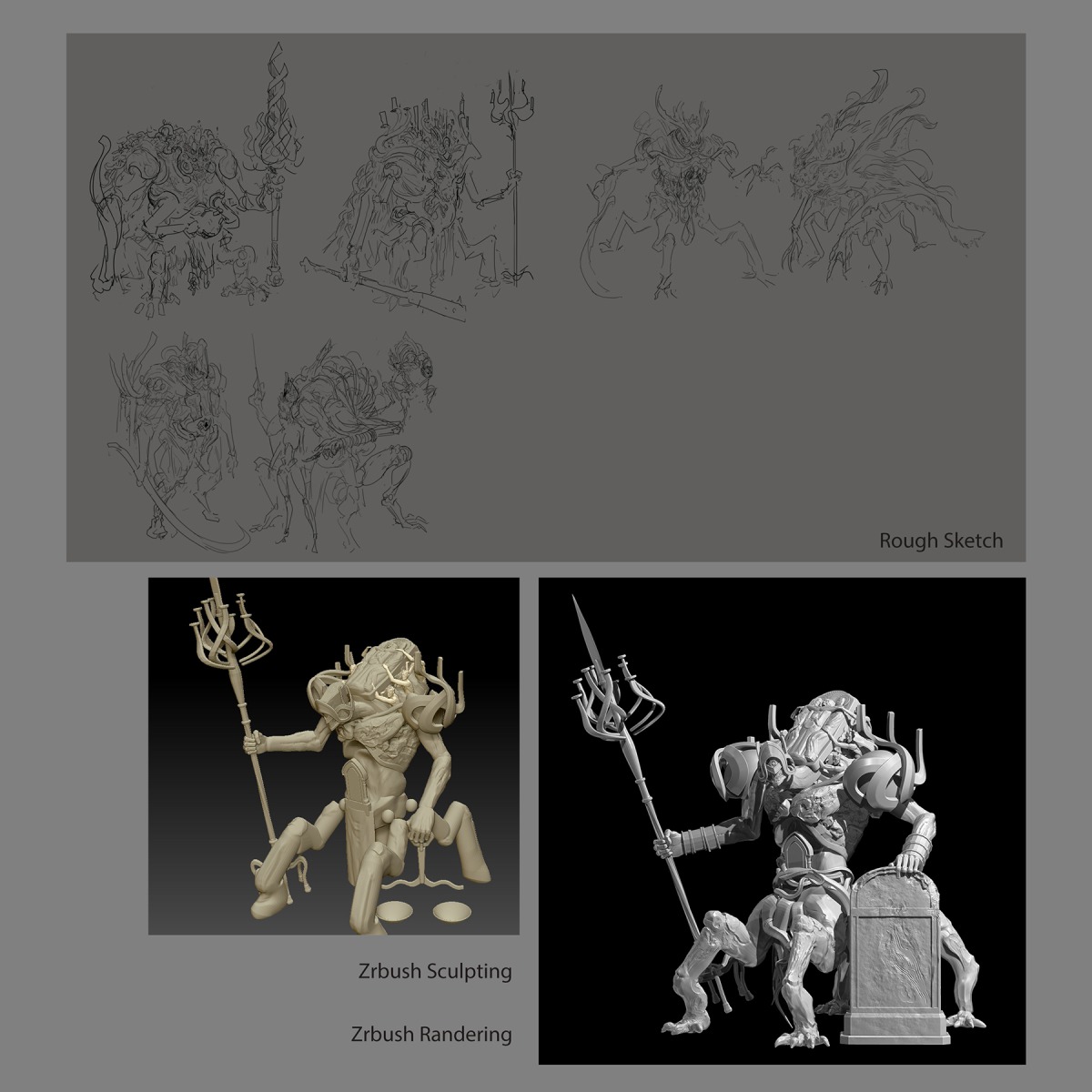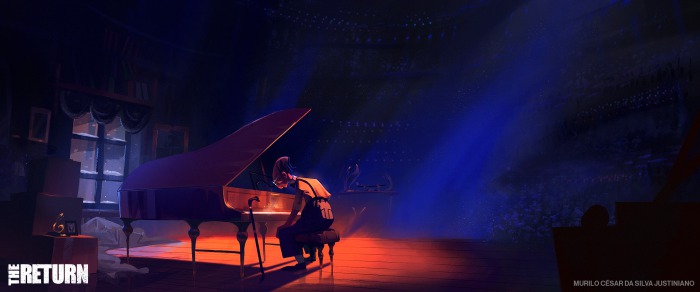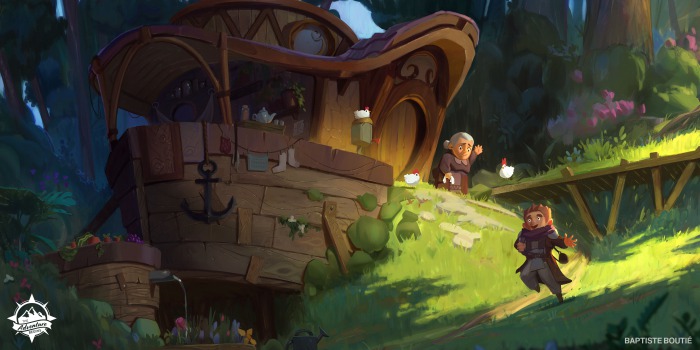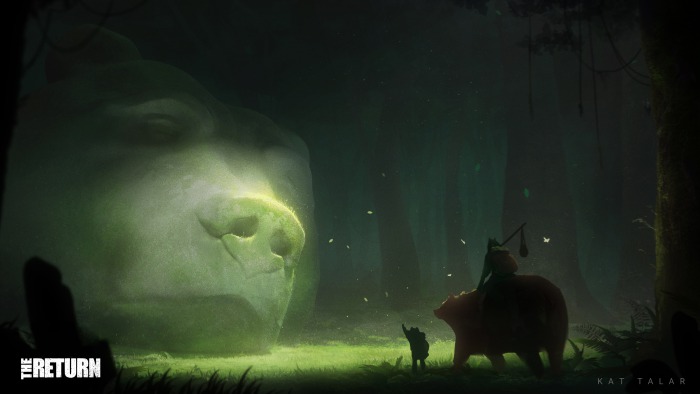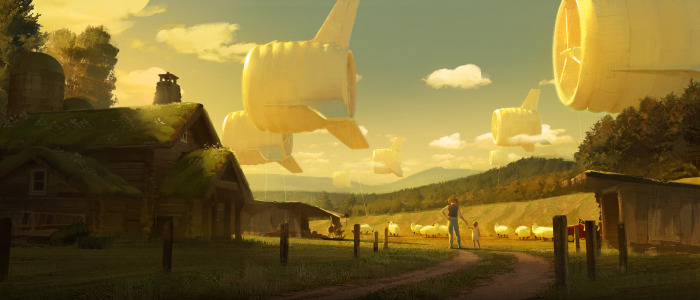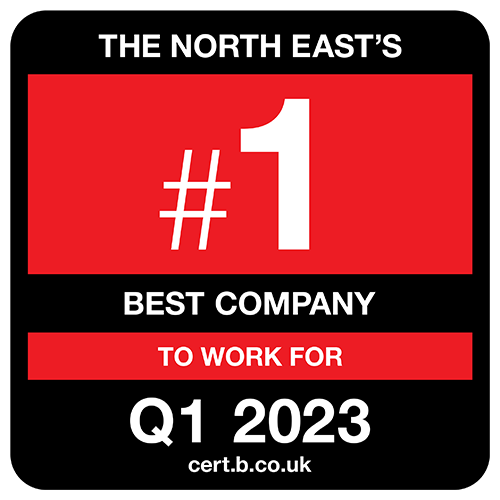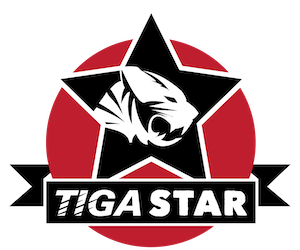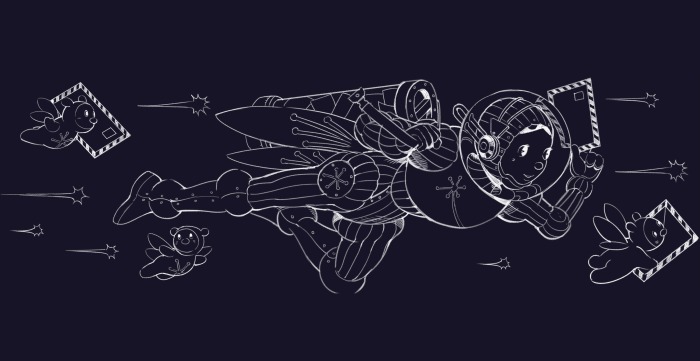Every July, Atomhawk runs an art competition, giving fresh talent the chance to share what they’ve got. Ours isn’t the only competition out there; our long-time competition sponsor 3dtotal also hosts regular art challenges throughout the year, with killer prizes to boot.
Aside from the possible glory of winning, there are solid advantages to entering art competitions:
- Practice focusing on a brief and systematically answering it
- Practice following a logical workflow and trusting your artistic judgement
- Practice working to deadline, training you to focus your efforts and make artistic decisions in a proactive way
- Introduce yourself to industry peers and recruiters
Just entering competitions is a good idea, then. But how do you go about winning too? We’ve teamed up with Ben and Glenn from nDreams Studio Elevation to bring you insider tips and tricks to impress the judges.


